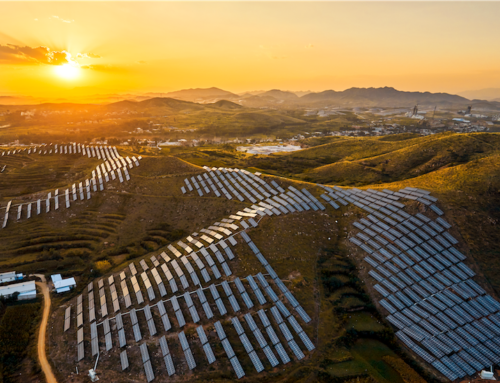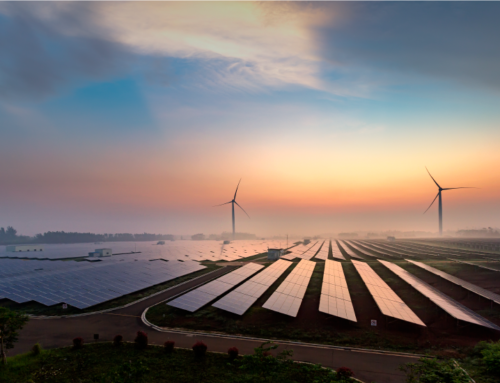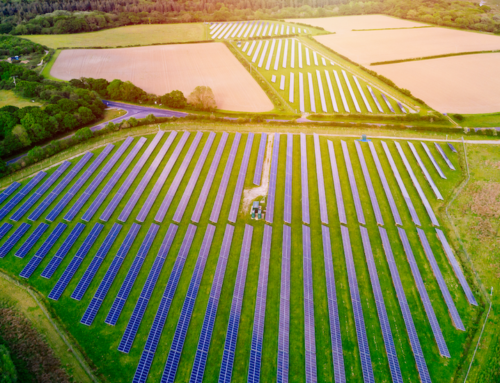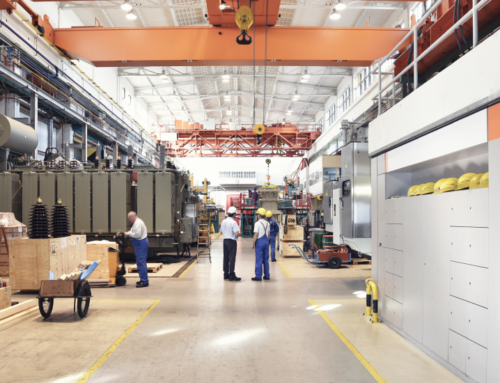Blended Finance: What It Is, and Why We Need Much More of It
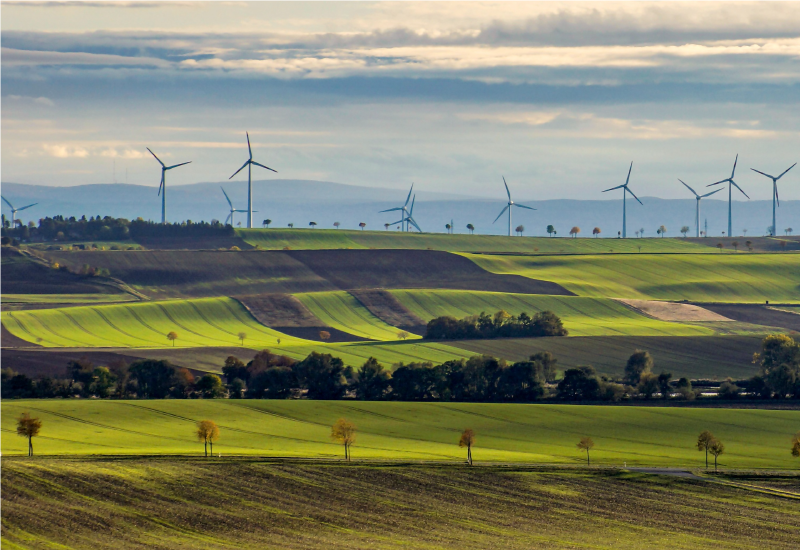
16 August 2022
Blended finance is an elegant concept – minimising the amount of money coming from taxpayers and taxpayer-funded, state-led institutions, and using it to create a safer, more stable destination for private capital. It is needed because, quite simply, private institutions, hedge funds, and equity firms have the capital needed to complete many projects but are less charitably minded than the World Bank, for example.
Blended finance refers to the strategic use of development finance from public and multilateral sources to mobilise private investment towards sustainable development goals. It is a particularly important buzzword in the investment and development aid space, not just due to the cause it goes towards but also due to its ability to activate private capital.
With some initial investment and the subsequently improved chances of a better rate of return, investors are more likely to get involved and fill the gap in capital between the needs of the developing world and climate action, and the funds initially available from multilateral players.
The funding gap
It is estimated that the cost of delivering the United Nation’s Sustainable Development Goals (SDGs) will be around $6 trillion annually. The SDGs are, in a general sense, the most essential ingredients for living on a safer, greener, cleaner, more equitable planet.
There is progress being made in achieving them — as shown by June’s G7 summit meeting. Leaders of industrial nations announced the launch of the Partnership for Global Infrastructure (PGII), an initiative to mobilise $600B for “quality, sustainable infrastructure,” particularly in developing countries.
Generally, investing in actions and projects which aim to achieve the SDGs can make economic sense for investors. The Business Commission estimates a US$12 trillion economic opportunity a year for the private sector over the next 10 to 15 years – and by UN figures, every US$1 invested into climate action, whether that’s resilience or clean technologies to reduce emissions, provides around US$4 in returns.
Unfortunately, we are currently only meeting around half of the SDG funding requirements – meaning that there is a multi-trillion-dollar gap every year that the public sector cannot fill by itself.
We need rapid growth in expensive, time-consuming and medium to long-term infrastructure investment — which today makes up less than 1% of institutional investor portfolios. However, infrastructure (both equity and debt) can be a difficult asset class for investors – especially in developing countries.
As developing countries face certain instabilities, there are strategies that can make ‘risky’ investments safer. Instruments like guarantees, insurance, currency hedging, technical assistance grants and first loss capital from development agencies, development banks and forward-leaning foundations do just that.
This ‘blended’ approach is not just important to help capital get to the places it is needed but may not easily reach, but also to economic sectors or infrastructure types that are generally seen as riskier, longer-term, or less profitable, such as clean energy, healthcare, urban resilience and sustainable land-use. These sectors are critically underinvested.
The bigger picture
Unfortunately, alone, strategies like blended finance aren’t enough to fill the gap or create sustainable, more equitable long-term development solutions. However, as part of a wider top-down plan to encourage sound government, ESG investing, and accurate reporting, while incentivising sustainable and cyclical grass-roots economic activity on the ground, blended finance is essential, providing exponential benefits.

